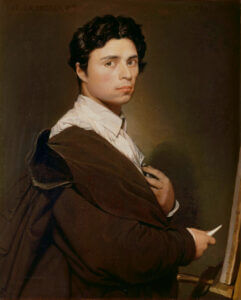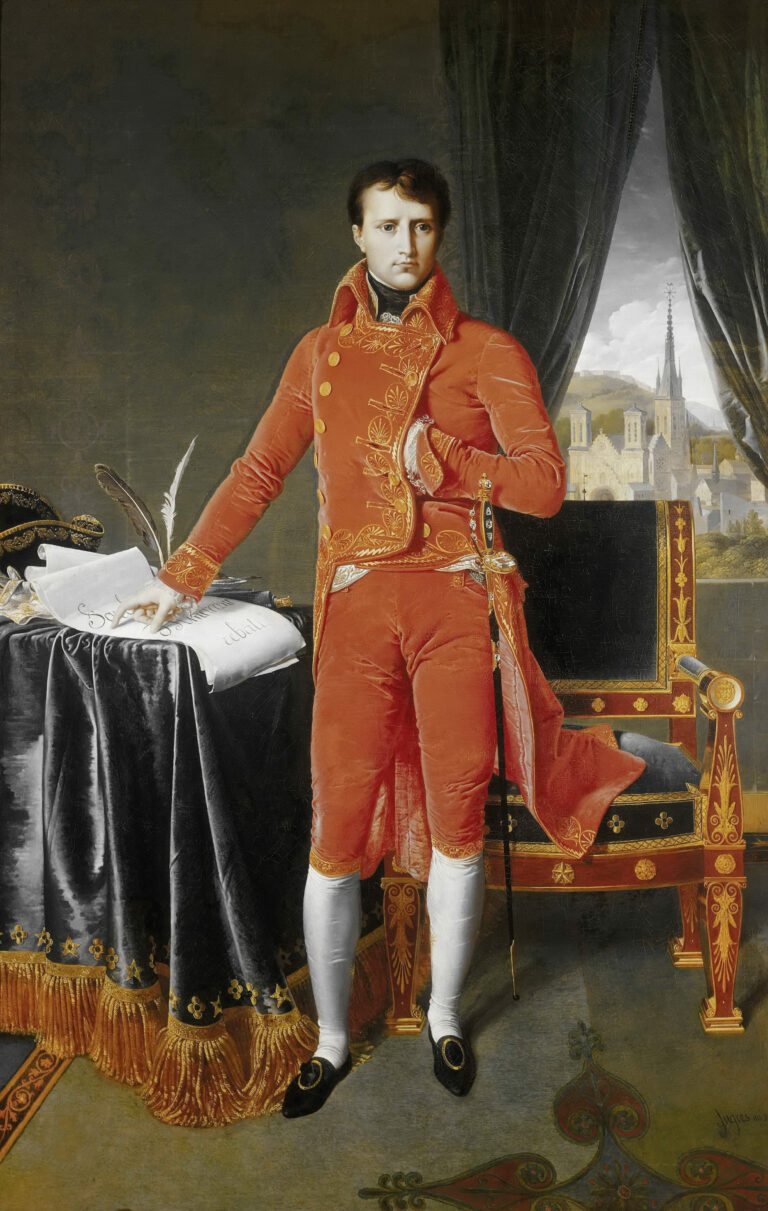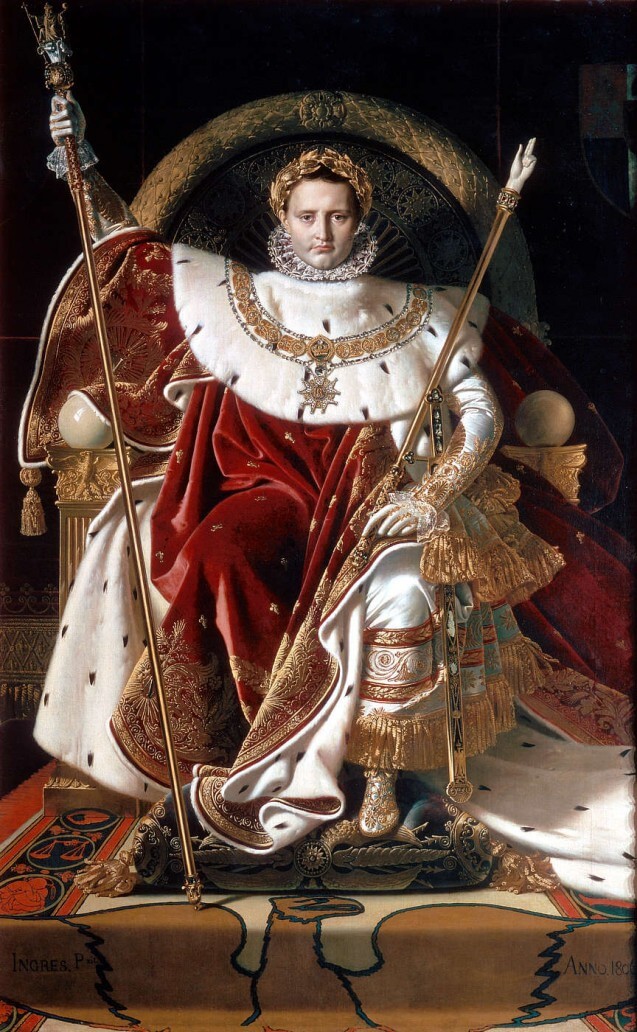Jean Auguste Dominique Ingres

Jean Auguste Dominique Ingres (1780-1867) was a French Neoclassical painter who is regarded as one of the greatest portraitists in art history. Known for his precision and meticulous attention to detail, Ingres was celebrated for his ability to capture the intricacies of human personality and character in his works.
Ingres was born on August 29, 1780, in Montauban, Tarn-et-Garonne, in Southern France. He was initially trained by his father, Jean-Marie-Joseph Ingres, a minor painter and sculptor. At the age of 12, he entered the Royal Academy of Fine Arts in Toulouse before moving to Paris to study under the famed painter Jacques-Louis David.
Ingres gained significant recognition for his work in 1801 when his painting “The Ambassadors of Agamemnon in the tent of Achilles” won the Prix de Rome, a French scholarship for arts students, primarily painters and sculptors. However, due to financial difficulties, he was only able to travel to Rome in 1806. The time he spent in Italy was formative in developing his unique style, which blended the precision of the Renaissance masters with his own distinctive approach to portraying the human figure.
Ingres’s style was characterized by his emphasis on line over color, his interest in exotic themes, and his use of distortion for expressive effect. His work was often criticized by his contemporaries for these unusual techniques, and he experienced periods of severe criticism during his career. However, his portraits, such as “Madame Moitessier” and “Louis-Francois Bertin”, are now considered masterpieces of French art.
Despite his notable success in portraiture, Ingres longed for recognition as a history painter, a genre seen as more prestigious during his time. He created significant works in this genre as well, including “The Apotheosis of Homer” and “The Vow of Louis XIII”.
Ingres served as the director of the French Academy in Rome from 1835 to 1840, a position that further established his status in the art world. He returned to Paris in 1841, where he continued to paint, exhibit, and teach until his death in January 1867.
Ingres’s work significantly influenced the art world and he is known for bridging the gap between traditional classicism and modernism. His expressive distortions of form and space made him an important precursor of modern art, influencing later painters such as Pablo Picasso and Henri Matisse.












